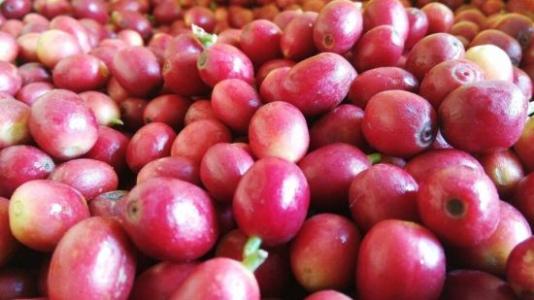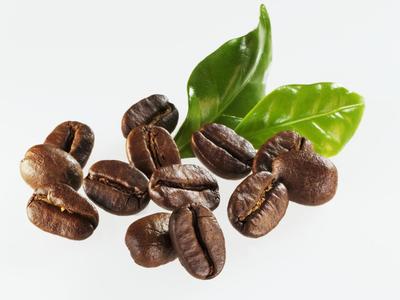Video course on the skills of making Coffee and making Milk
Video course on the skills of making Coffee and making Milk
Bourbon species, native to Bourbon Island in the Indian Ocean (now known as Reunion Island), is the second species caused by Typica mutation. It belongs to the oldest existing coffee variety. The green fruit appears bright red when ripe, while the yellow bourbon species is derived from the cross between bourbon species and other varieties. Because of its low yield and relatively intolerant to wind and rain, it has not been widely planted. However, when planted in high altitude areas, it will have excellent flavor performance, which is more common in recent years. The basic principle of milk foaming is to use steam to hit the milk, so that the liquid milk into the air, using the surface tension of milk protein to form many small foams, so that the liquid milk volume expansion, into a foam-like milk bubble. In the process of foaming, lactose dissolves in milk because of rising temperature, and uses foaming to seal lactose in milk, while the function of milk fat is to make these small foams form a stable state, so that when these milk bubbles are drunk, the fine foam will burst in the mouth, so that the taste and aromatic substances have a better magnifying effect, so that the milk produces a sweet and thick taste and taste. And in the fusion with coffee, the adhesion between molecules will be relatively strong, so that the full combination of coffee and milk, so that the special properties of coffee and milk are highlighted, and completely integrated together to complement each other.
The first stage is to get rid of, that is, to put in steam to make the volume of milk foaming.
The second stage is to soak the foamed milk into the air in a swirling way, and make the larger foam break, decompose into fine foam, and let the milk molecules bond with each other, making the foam tissue more compact.
There are many ways of foaming milk on the market, but it can be roughly divided into two categories: one is the combination of milk and milk foam. The other is to separate the stages of getting rid of and beating off, that is, to send the milk first and then beat the milk foam.
(1) place the steam pipe at the center of the steel cup, 45 degrees to the upper right and at a depth of about 1 cm near the edge of the cup.
(2) turn on the steam pipe, move the steel cup down slowly, and roll the milk up and down and slowly let the volume expand.
(3) when the foam expands to eight minutes full, move the steam pipe obliquely to the right side of the center point of the steel cup near the edge of the steel cup, so that the milk bubble rolls in a vortex way.

Important Notice :
前街咖啡 FrontStreet Coffee has moved to new addredd:
FrontStreet Coffee Address: 315,Donghua East Road,GuangZhou
Tel:020 38364473
- Prev

The difference between steam milking and hairdressing
The difference between steam milking and hairdryer milking can heat the milk without causing it to blister. Pour milk into a stainless steel flower jar until it is 2x3. (there are two opinions about temperature: most coffee lovers prefer to use cold milk in the freezer, while others prefer milk at room temperature. In fact, both kinds of milk can, you can according to a
- Next

How to use a flower cup to make milk foam.-Coffee manual milk foam skills
How to use the cup to beat milk foam-coffee manual pull milk foam skills 1, milk powder: 100ML hot water + 2 tablespoons milk powder, be sure to use hot water to wash the milk powder, milk cool can not make milk foam, and the amount of milk powder is not too much! 2, pour the milk powder into the manual beating cup, do not need to twitch too much, lest the milk foam is too hard, about 30 times, too much twitching will lead to milk foam
Related
- What is the meaning of lactic acid fermentation with coffee bean treatment?
- How to judge the state of foam by sound?
- How does the latte pull out the unicorn pattern? Come to get for a little trick to improve the flower pull!
- Will flower pulling affect the taste of the latte?
- Do you know the history of coffee?
- The difference between honey treatment and sun washing what is raisin honey treatment?
- What kind of milk can a novice use to make coffee foam to keep the foam longer? The correct method and skills of milking tutorial sharing
- Why do washed coffee beans taste sour? Flavor characteristics of washed Coffee
- Introduction to the skill of how to practice the size and height of water injection around the circle of hand-brewed coffee
- How do beginners practice coffee flower drawing from scratch?

